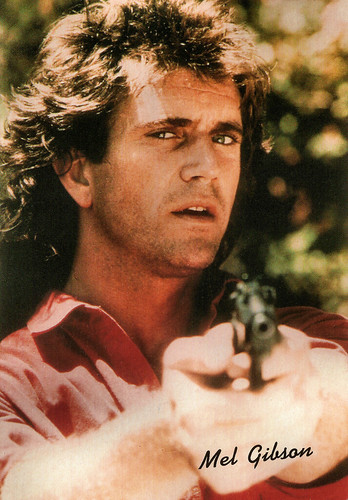
British postcard by Box Office, no. BO 1112. Mel Gibson in Lethal Weapon (Richard Donner, 1987).
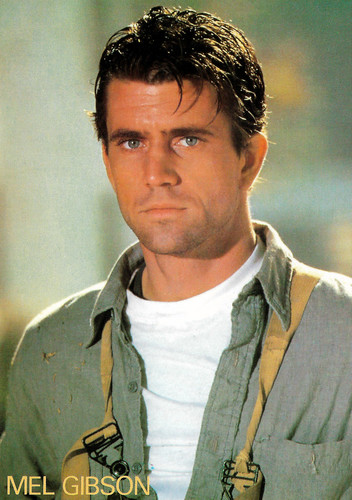
French postcard by Editions Spiral Rock, no. Réf. SP 36. Mel Gibson in The River (Mark Rydell, 1984).
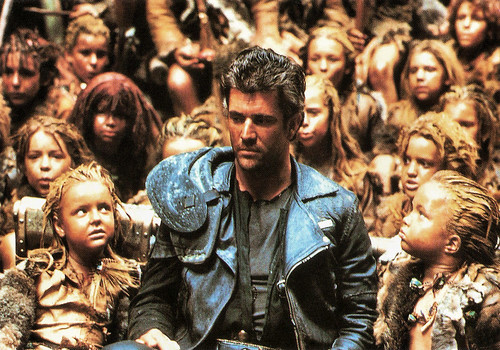
French postcard by Editions F. Nugeron, no. 4. Photo: Collection de l'Ecole de Cinéma Camiris. Mel Gibson in Mad Max Beyond Thunderdome (George Miller, George Ogilvie, 1985).

British postcard by Heroes, London, no. PC504.
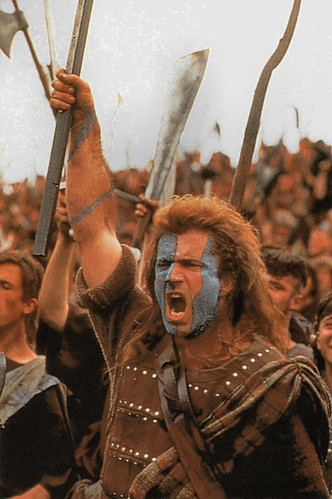
Vintage postcard Photo: Twentieth Century Fox Film Corporation, 1995. Mel Gibson in Braveheart (Mel Gibson, 1995).
The Australian New Wave
Mel Columcille Gerard Gibson was born in 1956 in Peekskill, New York, USA. He was the sixth of eleven children of Hutton Gibson, a railroad brakeman, and Anne Patricia (Reilly) Gibson. His mother was Irish, from County Longford, while his American-born father is of mostly Irish descent.
His father moved the family from upstate New York to Sydney, New South Wales, Australia, in 1968 after winning as a contestant on the game show Jeopardy! The family settled in New South Wales, where Mel's paternal grandmother, contralto opera singer Eva Mylott, was born. Mel only developed an Aussie accent after his classmates teased him for his American tongue.
Though he had, at one point, set his sights on journalism, Gibson caught the acting bug by the time he had reached college age and studied at the National Institute of Dramatic Art in Sydney, Australia. There he performed with future film thespians Judy Davis and Geoffrey Rush and starred opposite Judy Davis in a production of 'Romeo and Juliet'. Gibson was still a student when he made his film debut in the low-budget Australian teen drama Summer City (Christopher Fraser, 1976) and it didn't take long before he found work playing supporting roles for the South Australia Theatre Company after his graduation. Mel also starred in TV shows.
Eventually, he was chosen to star as a leather-clad post-apocalyptic cop in Mad Max (George Miller, 1979) and as a mildly retarded handyman in Tim (Michael Pate, 1979), co-starring Piper Laurie. The small-budgeted Mad Max made him known worldwide, while Tim garnered the then 22-year-old Gibson a Sammy award for Best Actor from the Australian Film Institute, the Australian equivalent to the Oscar. Gibson wouldn't become internationally famous, however, until after his performance in Mad Max 2 (George Miller, 1981), one of the few sequels to have proved superior to its predecessor.
Gibson has a reputation as a serious, versatile actor. He was a part of the movement dubbed the 'Australian New Wave' by the press. They were a group of filmmakers and performers who emerged from Down Under at about the same time and found work in other parts of the world. Other members included actress Judy Davis and directors George Miller, Gillian Armstrong and Peter Weir. In 1980, he married Robyn Moore and they had seven children.

Spanish postcard by Foto Parjetas, Madrid, no. PC 169-50. Mel Gibson in Gallipoli (Peter Weir, 1981).
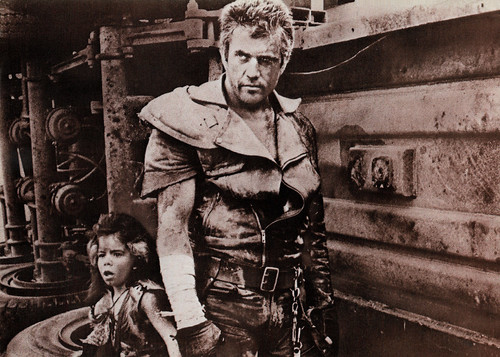
Spanish postcard by Foto Parjetas, Madrid, no. FC 154-50. Mel Gibson and Emil Minty in Mad Max 2 (George Miller, 1981).
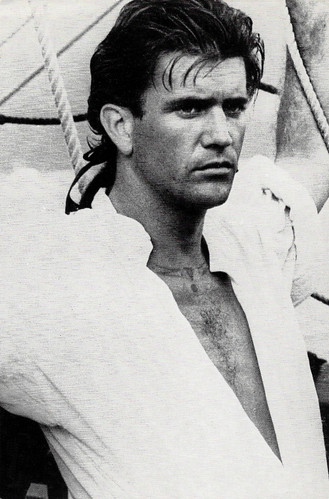
French postcard by Ebullitions, no. 82. Mel Gibson in The Bounty (Roger Donaldson, 1984).
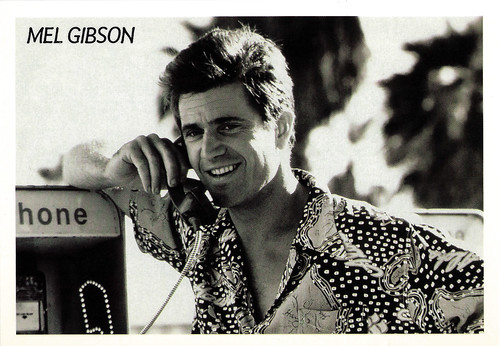
French postcard by Edition RF, Réf. 206. Mel Gibson in Tequila Sunrise (Robert Towne, 1988).
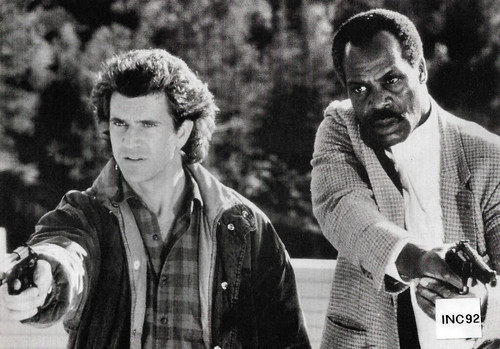
French postcard, no. INC 92. Mel Gibson and Danny Glover in Lethal Weapon (Richard Donner, 1989).
The highest-paid celebrity
Mel Gibson went on to star in the powerful WWI World War I drama Gallipoli (Peter Weir, 1981), which earned him a second award for Best Actor from the AFI. He reunited with Weir for The Year of Living Dangerously (Peter Weir, 1983), in which he played a callous reporter responsible for covering a bloody Indonesian coup opposite Sigourney Weaver. In 1984, Mel made his American debut in The Bounty (Roger Donaldson, 1984), which co-starred Anthony Hopkins. That same year, he starred opposite Sissy Spacek in The River (Mark Rydell, 1984). He would also star in Mad Max Beyond Thunderdome (1985) alongside singer Tina Turner. After the third instalment to the Mad Max franchise, Gibson took a two-year break.
In 1987, Gibson starred in what would become his signature series, Lethal Weapon (Richard Donner, 1987), opposite Danny Glover. The role featured Gibson as Martin Riggs, a volatile police officer reeling from the death of his wife, and cemented a spot as one of Hollywood's premier action stars. In 1990, he took on the starring role in Hamlet (Franco Zeffirelli, 1990) with Glenn Close, which garnered him some critical praise. He also made the more endearing Forever Young (Steve Miner. 1992) with Jamie Lee Curtis and the somewhat disturbing The Man Without a Face (Mel Gibson, 1993)in which he played a horrifically burned teacher harbouring a secret.
He played his most famous role as Sir William Wallace in Braveheart (Mel Gibson, 1995). Gibson swept the Oscars including those for Best Picture and Best Director with his epic account of 13th-century Scottish leader William Wallace's lifelong struggle to forge an independent nation. From there, he made such box office hits as Ransom (Ron Howard, 1996), Payback (Brian Helgeland, 1999) and The Patriot (Roland Emmerich, 2000). His later films include Signs (M. Night Shyamalan, 2002), and Edge of Darkness (Martin Campbell, 2010). For The Passion of the Christ (2004), which he directed, wrote and produced, he spent 25 million dollars of his own money. Back in 1992, he started doing research for the film that was not released until 2004. That year, he was the highest-paid celebrity with a reported $210,000,000 salary from his The Passion of the Christ (2004) profits, plus a potential $150,000,000 that is yet to be accounted for. The way Gibson portrayed the suffering of Christ caused much controversy.
He received further critical notice for his directorial work of the action-adventure film Apocalypto (Mel Gibson, 2006), which is set in Mesoamerica during the early 16th century. He separated from his wife Robyn in June 2006. Sandra Brennan at AllMovie: "That summer, he was pulled over for drunk driving at which time he made extremely derogatory comments about Jewish people to the arresting officer. When word of Gibson's drunken, bigoted tirade made it to the press, the speculation of the actor's anti-Semitic leanings that had circulated because of the choices he'd made in his depiction of the crucifixion in Passion of the Christ seemed confirmed. Gibson's father being an admitted holocaust denier hadn't helped matters and now it seemed that no PR campaign could help. Gibson publicly apologized, expressed extreme regret for his comments, and checked himself into rehab."
Mel Gibson did three-year probation following the misdemeanour drunken driving arrest, but the filmmaker's reputation was irreparably tarnished. Robyn finally filed for divorce in April 2009 but it wasn't finalised until December 2011, reportedly because it took them all that time to divide Gibson's estimated assets of $850 million. It is considered the biggest divorce payout in Hollywood history. In 2009, he made a first public appearance together with his girlfriend, Oksana Grigorieva who was then three months pregnant with his daughter Lucia. The couple split in 2010. In 2014, he started a relationship with Rosalind Ross with whom he had his ninth child in 2017, this time a son. His directorial comeback after an absence of 10 years, Hacksaw Ridge (2016), won two Academy Awards, and was nominated for another four including Best Picture and Best Director for Gibson, his second nomination in the category. Upcoming is The Passion of the Christ: Resurrection - Chapter I written and directed by Gibson. Starring Jim Caviezel as Jesus, the film is a sequel to The Passion of the Christ (2004), where it will focus on the three days between Jesus' death and resurrection.
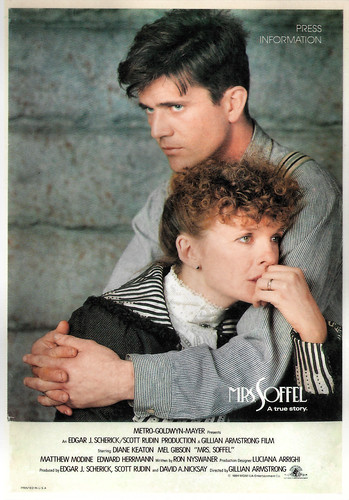
French postcard by Editions Mercuri, no. 341. Photo: Metro- Goldwyn Mayer. Diane Keaton and Mel Gibson in Mrs. Soffel (Gillian Armstrong, 1984).

Vintage postcard, no. INC 038. Mel Gibson in Mad Max Beyond Thunderdome (George Miller, George Ogilvie, 1985).

French postcard by Les Editions Gil, no. 14. Mel Gibson in Mad Max Beyond Thunderdome (George Miller, George Ogilvie, 1985). Caption: "You don't have a hundred quid!"
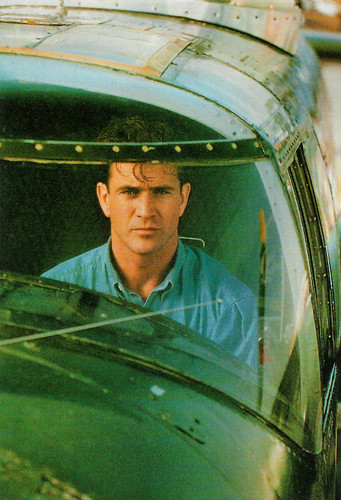
French postcard, no. C 527. Mel Gibson in Forever Young (Steve Miner, 1992).
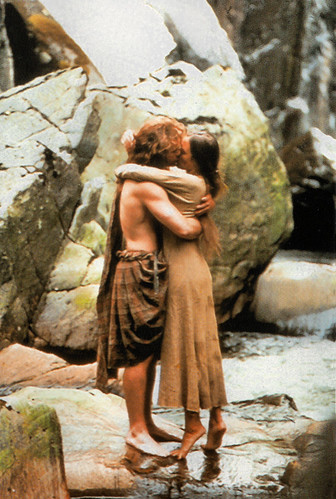
Vintage postcard Photo: Twentieth Century Fox Film Corporation, 1995. Mel Gibson and Catherine McCormack in Braveheart (Mel Gibson, 1995).
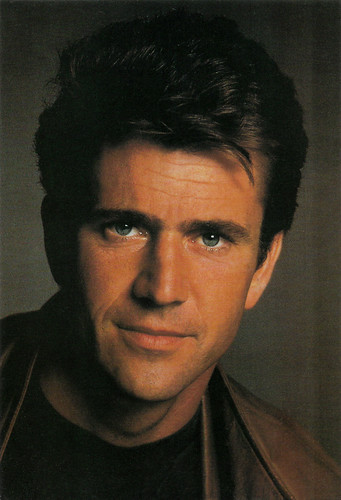
French postcard, no. C 276.
Sources: Sandra Brennan (AllMovie), Wikipedia (Dutch and English) and IMDb.
This post was last updated on 19 May 2024.
No comments:
Post a Comment